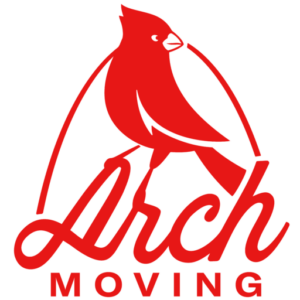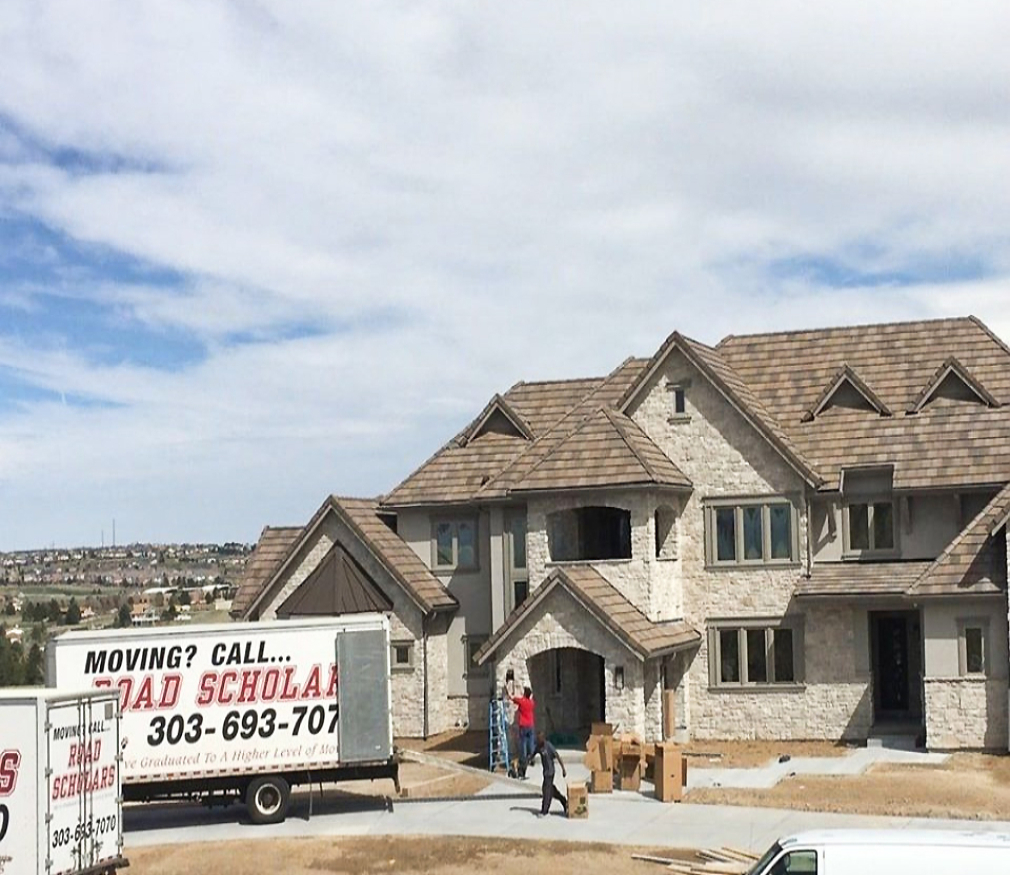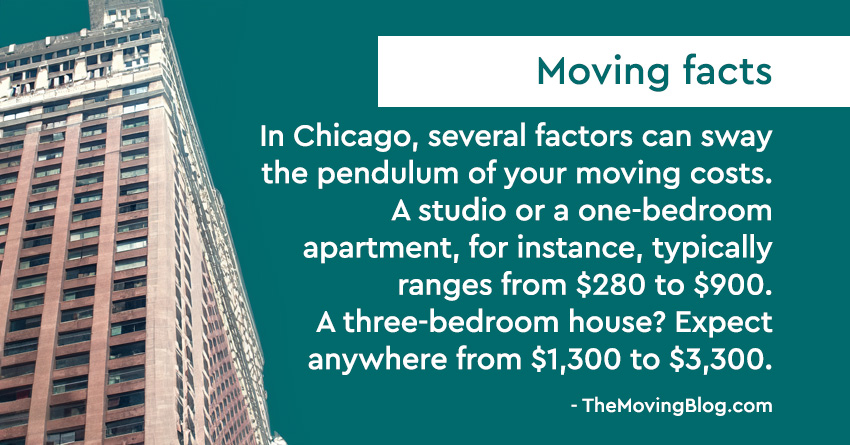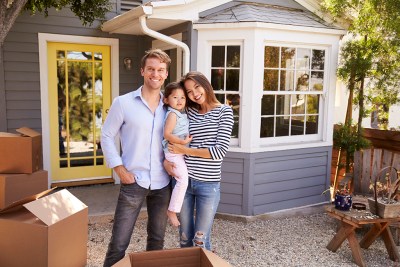Tips for Moving After a Natural Disaster

Tips for Moving After a Natural Disaster
Introduction
Natural disasters can be devastating, leaving families displaced and in need of a new place to call home. Moving after such a traumatic event can be overwhelming and stressful, but with the right tips and guidance, the process can be made smoother and more manageable.
Assess Your Needs
The first step in moving after a natural disaster is to assess your needs. Take stock of what items you have salvaged and what you need to replace. Make a list of essential items that you will need in your new home, such as clothing, toiletries, and important documents. This will help you prioritize what to take with you and what to leave behind.
Find Temporary Housing
Securing temporary housing is crucial after a natural disaster. Reach out to local shelters, hotels, or rental properties to find a safe place to stay while you work on finding a more permanent residence. Make sure to consider the proximity of the temporary housing to schools, workplaces, and essential services.
Organize Your Belongings
As you prepare to move, it is important to organize your belongings efficiently. Pack items in labeled boxes and prioritize items that are essential for daily living. Take inventory of your possessions and document any damages for insurance purposes. This will help streamline the moving process and ensure that your belongings are accounted for.
Seek Assistance
Do not hesitate to seek assistance from friends, family, or community organizations during the moving process. Moving after a natural disaster can be overwhelming, and having a support system in place can help alleviate some of the stress. Reach out for help with packing, transportation, or emotional support as needed.
Update Your Information
Make sure to update your contact information with essential services, such as utility providers, insurance companies, and government agencies. Notify them of your change in address and contact details to ensure that you receive important correspondence and support during the moving process. This will help you stay organized and connected during this transitional period.
Secure Your New Home
Before moving into your new home, make sure to secure it against potential hazards. Check for structural damage, leaks, and other safety concerns that may have been caused by the natural disaster. Take proactive steps to address any issues and make your new home a safe and comfortable environment for you and your family.
Adjust to Your New Surroundings
Moving after a natural disaster can be a significant adjustment. Take time to familiarize yourself with your new surroundings and community. Explore nearby amenities, schools, and services to help you settle in smoothly. Engage with neighbors and local organizations to build a support system and feel connected to your new home.
Conclusion
Moving after a natural disaster is a challenging process, but with the right tips and strategies, it can be made easier. By assessing your needs, securing temporary housing, organizing your belongings, seeking assistance, updating your information, securing your new home, and adjusting to your new surroundings, you can navigate the moving process successfully. Remember to stay positive and resilient through this transition, and lean on your support system for help and guidance. With time and effort, you can rebuild and create a new sense of home after a natural disaster.

















.svg)